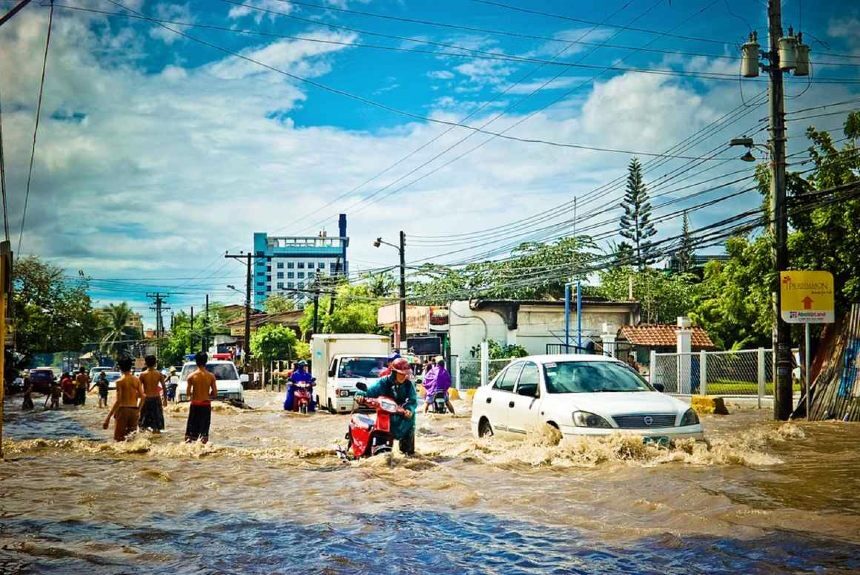“Ensuring New Infrastructure is Climate-smart” by James Rydge, Michael Jacobs, and Ilmi Granoff is a series of working papers published by the Global Commission on the Economy.
The bill is steep. It is an investment of US $90 trillion if global growth is needed concerning building climate-smart infrastructure. The paper suggests that a good chunk of this investment is required in developing countries.
According to the paper, investment targets should integrate climate change risks into infrastructure planning and policies. The benefits of doing these are obvious, a cleaner environment and a reduction of GHG emissions. Particularly improving the resilience of infrastructure against the impacts of climate change, while on the other hand, folding investments in activities and industries that rely on carbon as fuel.
The paper mentions that several institutions are already taking steps to stop investing in carbon-fueled industries; however, there is still much work to be done. Financial institutions like banks and private investors need to do so as well. It recommends that members of the G20 integrate climate change into their national policies and plans.
The G20 or Group of Twenty is the 20 international fora for governments, central banks, and governors from 19 countries and the European Union. They account for 90 per cent of the gross world product, 80 per cent of the world trade, and two-thirds of the population.
Member countries of the G20 consist of the United States of America, Canada, Australia, Saudi Arabia, India, South Africa, China, Japan, South Korea, France, United Kingdom, among others.
In short, they are the leading players and a single group that, when united, can influence the direction of the world’s economy and climate.
In the past, infrastructure and climate policies are treated separately. Recently, more attention has been given to climate change, and we see it being integrated with policy-making and infrastructure planning.
And this is what climate-smart infrastructure is about. These are infrastructures designed not only to produce less carbon but are also minor carbon dependent.
Steps were taken to keep the Paris Agreement, a promise to maintain, if not reduce, a global temperature rise below 2 degrees above the pre-industrial levels.
According to the paper, climate-smart infrastructures use more renewable energy, urban areas and transport systems designed to encourage public transport rather than dependence on personal transportation.
Suppose the global community is aiming to design or construct climate-smart infrastructures. In that case, this is an exciting opportunity for international communities, private and public sectors, and national and local governments to come together to share their best practices in integrating climate change into infrastructure.
For more information on climate-smart infrastructures, read the reference below and click on the link below.
Rydge, J., Jacobs, M. and Granoff, I., 2015. Ensuring New Infrastructure is Climate-Smart. Contributing paper for Seizing the Global Opportunity: Partnerships for Better Growth and a Better Climate. New Climate Economy, London and Washington, DC. Available at: http://newclimateeconomy.report/misc/working-papers/.



Leave a Reply